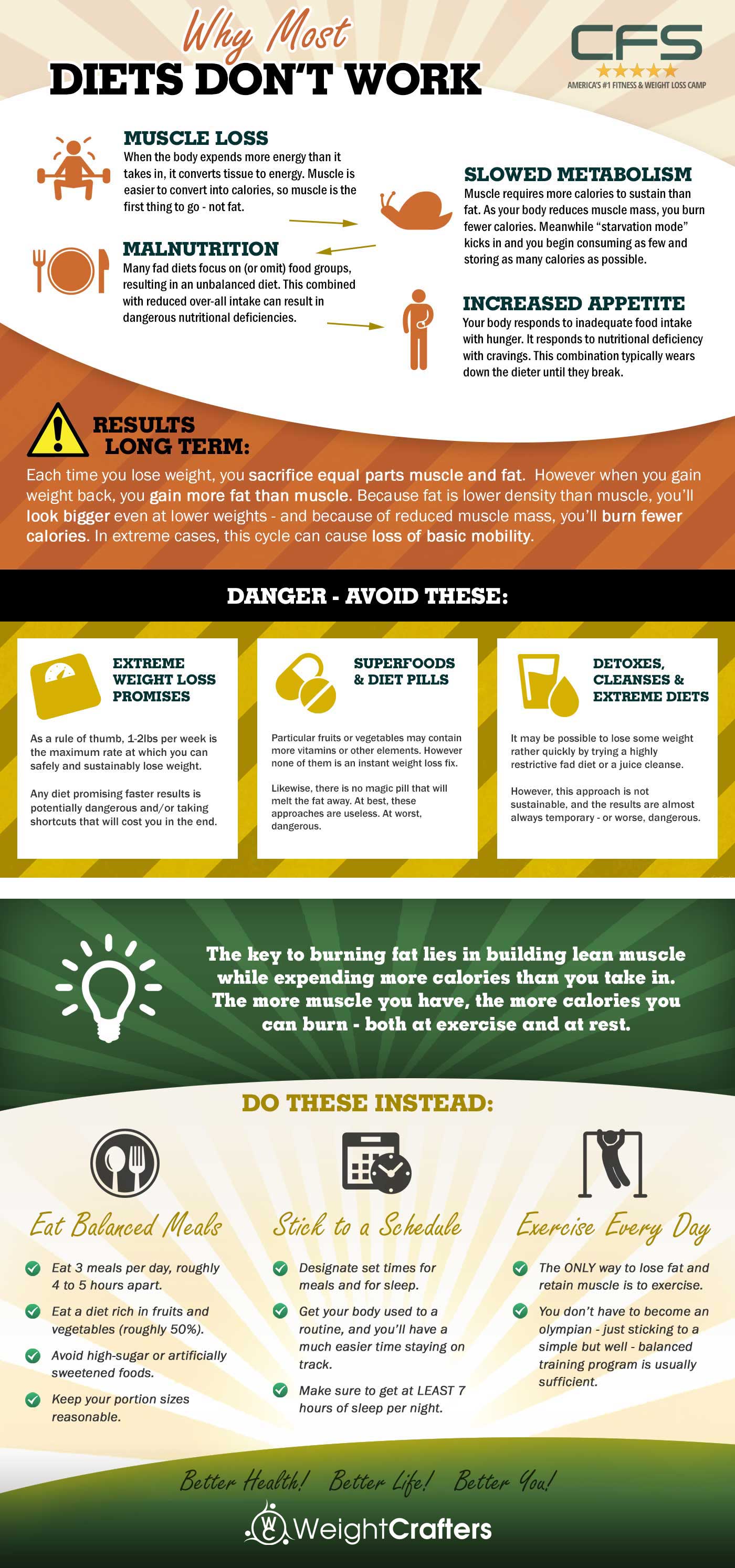Cold laser treatment is a helpful tool to help suffering administration and the healing process. It is often utilized in sports medication, dermatology and acupuncture.
Cold lasers pass through deep right into tissues and advertise chemical modifications without heating them. They minimize inflammation and swelling, speed mobile activity and increase recovery.
Theoretical History
Unlike the high-intensity lasers that surgeons usage to cut through cells, cold laser treatment uses light-emitting diodes to penetrate into your skin and promote recovery. As these photons get to damaged cells, they start a chain reaction that raises your cells' production of enzymes and increases your body's all-natural healing procedures.
The photons likewise reduce discomfort with the production of endorphins and boost your body's ability to drain pipes swollen locations by causing vasodilation (the development of capillary). Because of this, it helps you recoup from musculoskeletal injuries and discomfort faster.
Many people have heard about cold laser therapy from their physiotherapist, chiropractor or medical professional and may be asking yourself how it functions. Unlike many laser tools utilized in the clinical field, which in fact heat up tissue, our modern tools gives off cold laser light beams that do not trigger any kind of home heating of your tissues. This enables your body to receive the restorative benefits without activating any adverse effects.
Professional Trials
Cold laser treatment is usually advised as a treatment alternative for patients who have bone and joint discomfort and injuries. It can be used to reduce swelling, enhance cells and speed up the body's natural healing processes.
Non-thermal photons of red and infrared laser radiation are taken in by the light sensitive elements in cells and launch a boost in intracellular metabolic rate that increases cell recreation, lowers inflammation, eliminates edema and shortens recovery time.
Unlike the light that is generated by sunlight or typical lights, laser light is identical (all wavelengths travel in the same direction), systematic and single. These residential properties allow laser power to pass through deeper into the tissues.
A number of professional tests have actually shown that LLLT can be effective in minimizing discomfort in the bone and joint system. Nevertheless, even more properly designed studies are required to examine the optimal setups for laser irradiation and to establish its efficiency in specific problems, such as dental mucositis in cancer people getting chemotherapy or radiotherapy, and injury recovery (including diabetic person ulcers adhering to hammertoe surgical treatment). This Aetna policy notice does not deal with other uses LLLT, including the treatment of various skin diseases.
Conclusions
Unlike surgical lasers that can ruin growths or coagulate tissue, cool laser treatment does not heat the body's cells. Rather, the light promotes your cells to produce adenosine triphosphate, which quickens the fixing process of injured cells.
Aetna considers low-level laser (LLL) treatment clinically necessary for the avoidance of dental mucositis related to cancer cells treatment (chemotherapy, radiation therapy, hematopoietic stem cell transplant) and non-cancer therapies (such as radiodermal injury, fibromyalgia). Several research studies revealed that LLT can be reliable in reducing PU symptoms without negative results. Nonetheless, distinctions in research study styles and laser dosimetry made comparison of the outcomes challenging; RCTs with low danger of bias are required. Making use of a 660 nm wavelength cold therapy and greater energy density seems a lot more reliable than the various other examined laser wavelengths. This could be because the various other wavelengths might promote inflammatory processes and cause even more negative effects. The impact of the type of laser used is also important; the writers recommend that future research study focus on assessing different types of lasers and their dosages to figure out the optimal mix of laser criteria for PU prevention.
Recommendations
Cold laser treatment is utilized by dental experts to treat swollen periodontal tissue, medical professionals to relieve discomfort triggered by rheumatoid arthritis, and physiotherapists to speed the recovery of muscle, tendon, and ligament injuries. Many clinical insurance policy strategies cover this therapy.
Unlike warm lasers, which have a thermal effect on tissues, cold lasers (also called low-level lasers) promote the mobile energy of the skin. Photons from the laser light permeate into the cell, setting off a series of chemical changes that advertises regrowth and minimizes swelling.
In order to be effective, lasers need to be effectively arrangement and used. This is why it is not a good idea to purchase an inexpensive over-the-counter laser device and try to treat on your own at home. A skilled practitioner is needed to guarantee that the gadget is utilized appropriately to lessen the risk of eye injury and optimize its efficiency. The laser tool must be gotten used to the proper setting, strength, frequency, and placement of the laser on the treatment location.
